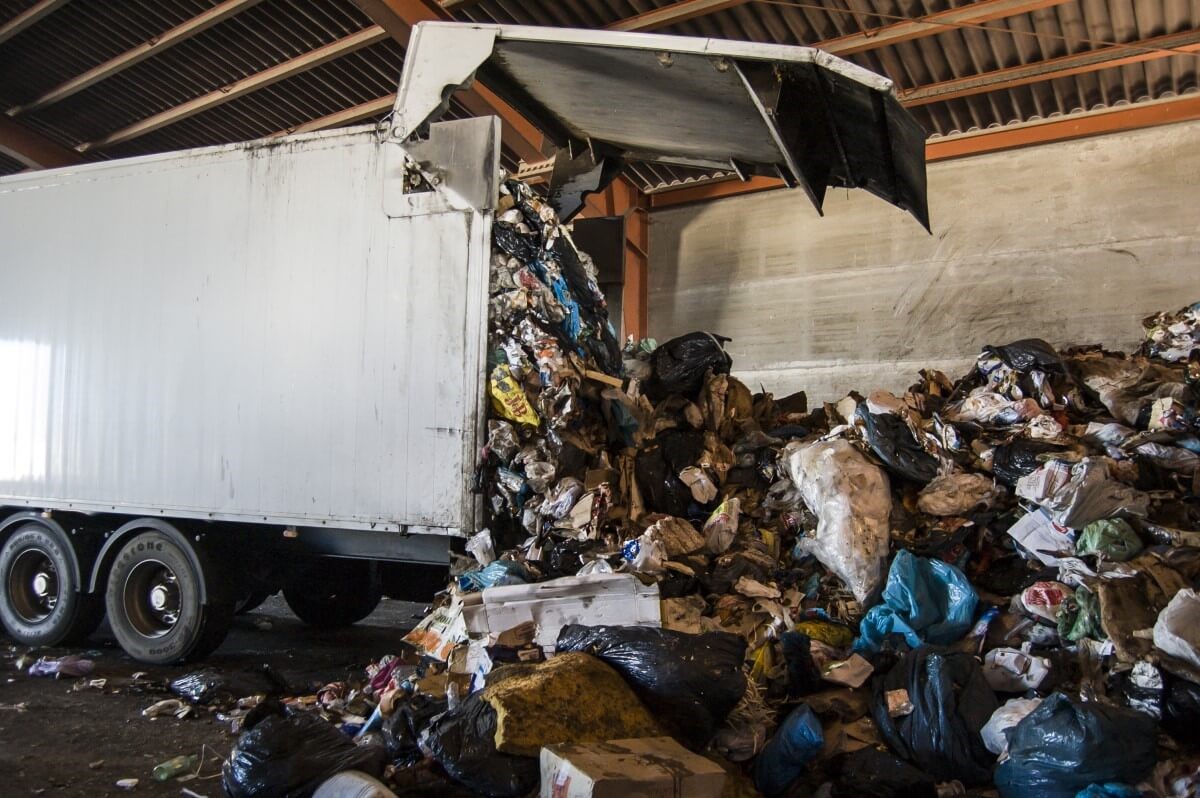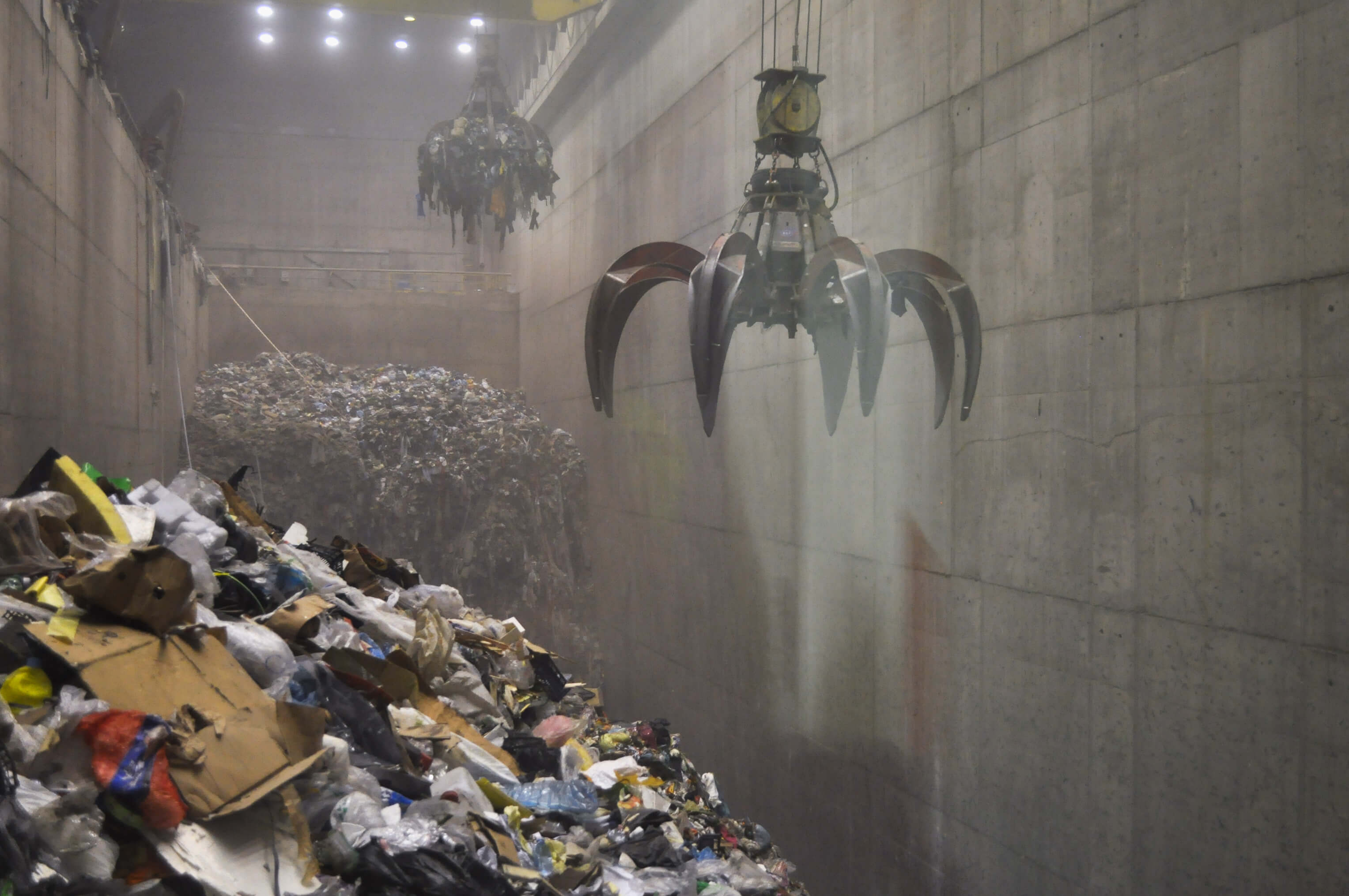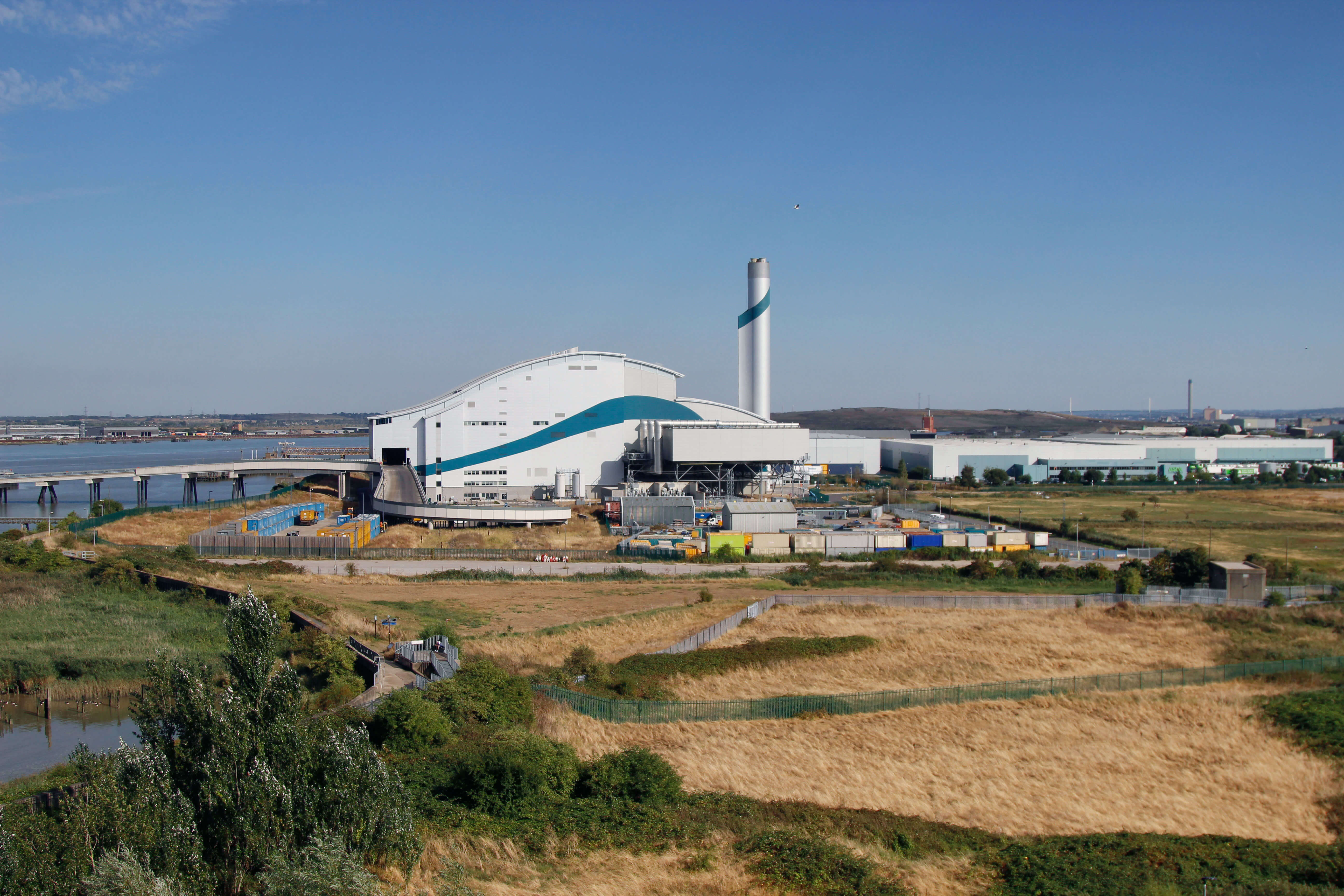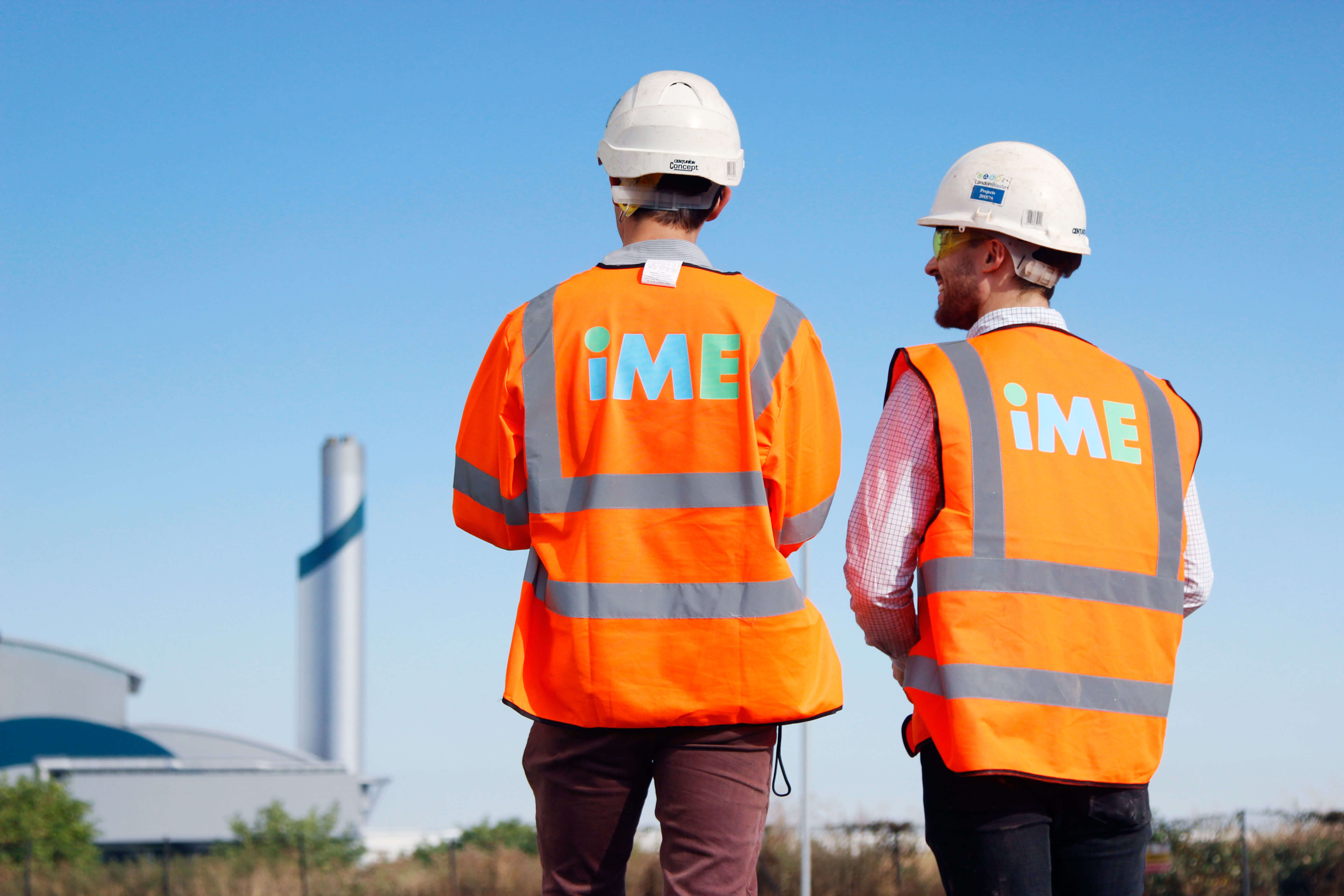Energy From Waste
As the world's population grows, so does our general waste output. London alone produces between 1.5 million to 1.75 million tonnes of food waste per year. That's a lot of waste, and if it goes to landfill, then it has a huge impact on the environment. If this residual waste is burnt in the open air, then it produces carbon dioxide, further harming our planet.
But what is the solution? The population is ever-growing, so it is only natural that general waste will grow with it. The solution is found in producing energy from waste. Energy is generated by destroying waste and, as a result powering hundreds of thousands of homes and businesses.
Here is everything you need to know about energy from waste and its uses in modern-day society.
Energy from Waste Incineration
Waste incineration is the process of creating energy by burning general waste. Normally, fossil fuels are burnt to create this energy. However, fossil fuels are a limited resource which harms the environment when burnt. Burning waste reduces the need for landfill, and as residual waste is created every day, it's not a limited resource.
You generate heat when you burn waste. This heat can then be used to power turbines, which in turn power generators, generating electricity. Burning waste can even be used to heat boilers or destroy general waste so it can be used as aggregate.
Burning general waste to generate heat is a controversial subject. When organic materials are burnt, the impact isn't too severe. However, burning general waste does release carbon, and it has a seriously negative impact on the environment. Some burnt waste does still find its way to landfill sites, and there isn't much that can be done around air pollution control, so it's not the best way to produce sustainable energy. Flue gas treatment is used to remove pollutants and meet pollution limits.

Energy from Waste Industry
There are many ways of generating energy in the waste industry. For example, general waste can be combined with synthesised gas during gasification. Gasification is the process of creating gas from waste. The waste used in this process is general household waste or solid waste, like furniture or clothing.
Some methods of generating energy from waste are eco-friendly and have less impact on climate change. However, other methods used in the waste energy industry, like burning general waste to generate electricity, are more harmful to the environment.

Energy from Waste Vs Biomass
Generating energy from biomass is similar to generating energy from waste incineration. However, instead of burning household waste to create energy, organic materials are burnt instead, like trees or grass clippings.
Biomass is an alternative fuel source to general waste, and it's less controversial. Biomass has less of an impact on the environment when it's burnt at a high temperature, so it's more appealing to waste management facilities. This is because biomass isn't a limited resource, like fossil fuels.
Burning biomass and burning fossil fuels produce the same amount of carbon. But when fossil fuels are burnt they release carbon that has been captured by photosynthesis. This means that 'new' carbon is released. However, when biomass is burnt at a high temperature, the carbon released is carbon that was already in the atmosphere, so you're not producing additional carbon dioxide. This is what makes biomass renewable energy.
Energy waste, which includes the use of solid waste, residual waste, household waste and general waste, also has benefits for waste management facilities. Firstly, there is an abundance of it. Society generates millions of tonnes of waste per year. This waste needs to go somewhere, so generating energy by burning it is a useful option. Although it isn't renewable energy like biomass, many methods of generating electricity from waste are less harmful than fossil fuels.

Energy from Waste London
Our expert team specialise in servicing and maintaining energy from waste plants. Our highly skilled engineers are trained to truly understand the processes, seeking to improve operations and minimise downtime throughout the UK, 24 hours a day, 365 days a year. All parts manufactured in-house to control the quality and speed of response.
With our live reporting system, you'll be able to keep track of your plant's repairs in real time, building a maintenance history that allows you to make informed decisions.
Discover more about how we can help your plant operate smoothly by contacting a member of our team here.

